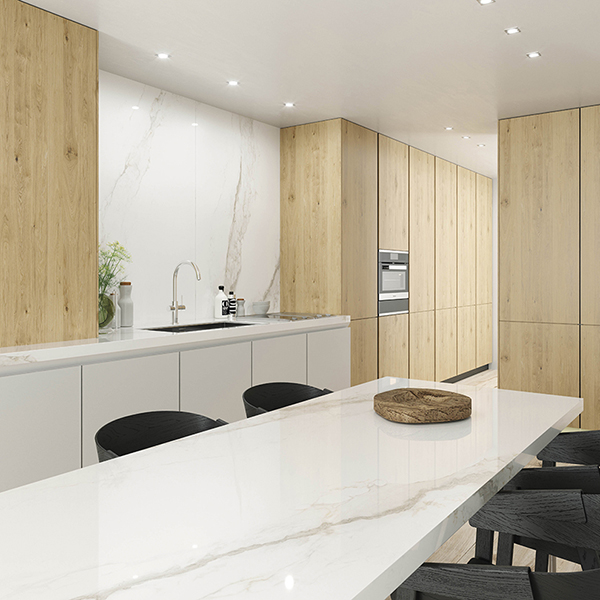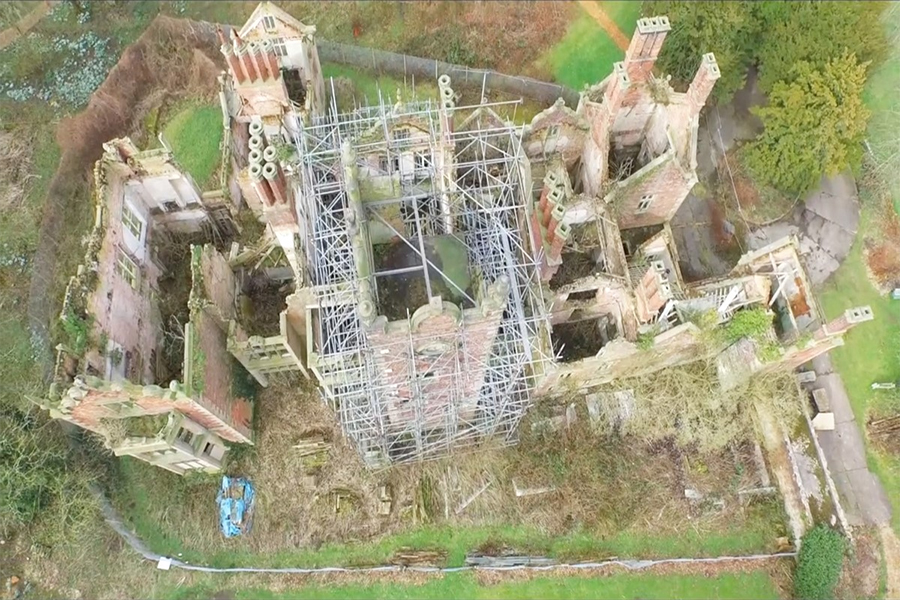There are more than 2million CSCS cards in circulation and 70,000 of them will expire in 2024 because the industry accreditation route that led to them being issued is no longer accepted. Holding a card now requires a qualification, which for many people means an NVQ or SVQ.
The industry accreditation route to the card was introduced when the Construction Skills Certification Scheme was created in 1995, so that those working in the industry who were considered capable of doing the work did not have to go through the process of obtaining a qualification, especially those in specialist areas such as stonemasonry. But in future they will have to and time is running out for people to obtain that qualification in order to retain a card before all the industry accreditation cards are withdrawn in September 2024.
The message is not new. The industry has been told for several years that the industry accreditation route is ending and the cards issued under it will be withdrawn – but there are still 70,000 of them in use.
That was why the message was reiterated by Gordon Jenkins from CSCS at the Natural Stone Industry Training Group (NSITG) meeting that followed the AGM on 22 November, all online, as is now standard for the group.
Gordon said his previous boss had described industry accreditations as being for “the old and the bold”. They are often known as ‘grandfather rights’, which Gordon said managed to be both ageist and sexist.
However, industry accredited cards are predominantly held by men over 50. And there is a concern that when industry accreditation cards are withdrawn, those holding them will also withdraw from the industry, which is undesirable when companies are already facing skills shortages.
Gordon Jenkins said that in the stone sector ‘grandfather rights’ had come through what was called managed industry accreditation, which was itself quite a detailed process to go through. He said the alternative of obtaining a vocational qualification (VQ) through OSAT (on site accreditation and training) will continue, but CSCS is working with the Construction Industry Training Board (CITB) to develop a process to make obtaining a VQ even easier and more efficient for those with proven work experience.
He said: “There’s this myth that you have to go back to college. That’s not what this is about.”
Gordon pointed out that it is not only NVQs that qualify people for CSCS cards. Apprenticeships and City & Guilds are also valid, although not everyone has retained their certificates or finds it easy to lay their hands on evidence showing the training they went through. And City & Guilds does not have comprehensive records of everyone who ever obtained its certificates.
For those who do need to obtain an NVQ or SVQ, age should not be a barrier. Gordon said one person who had obtained an NVQ in order to renew his card was 72.
Gordon pointed out that CSCS cards are not a mandatory requirement, although developers and contractors are at liberty to restrict site access to those who hold them and to restrict certain activities to those who hold appropriate cards showing relevant qualifications.
NSITG members also heard from Steve Farrow of apprenticeship training agency (ATA) Evolve Apprentices. Steve conceded that ATAs do not have a great reputation, but said they work well in construction.
He said ‘diversity’ is a term frequently used to encourage businesses to recruit and employ people from outside their traditional pool of labour and Evolve Apprentices is working towards increasing diversity in construction.
It employes 50 apprentices in London and the West Midlands and 67% of them do not describe themselves as ‘white British’.
Evolve had identified areas where there is a shortage of apprentices, which include the stone industry, especially in the heritage sector, and roofing.
A problem is that many companies operating in these sectors do not have projects lasting long enough to cover an apprenticeship and are reluctant to take on apprentices that they might not be able to keep fully employed.
However, they can be obliged by Section 106 agreements to provide employment and skills initiatives on a project, so Evolve’s solution is to employ the apprentices itself and fit them into various projects as required.
If there is no job to move them on to, Evolve will continue to employ them until one becomes available so that the apprenticeship continues. It also takes responsibility for them when they are attending college courses.
Steve said Evolve covers its costs of paying the apprentices, providing personal protective equipment (apart from site requirements such as hard hats), and its administration fees by charging the host companies that offer the apprentices positions.
If the host company wants to be sure an apprentice will fit in, work experience and trial periods can be arranged. Otherwise, placements normally last between three and 12 months.
Michelle Turner, who Chairs the NSITG, said after hearing Steve’s presentation: “It sounds a really great scheme.” Steve said it was proving a successful way of recruiting people into the sector.



